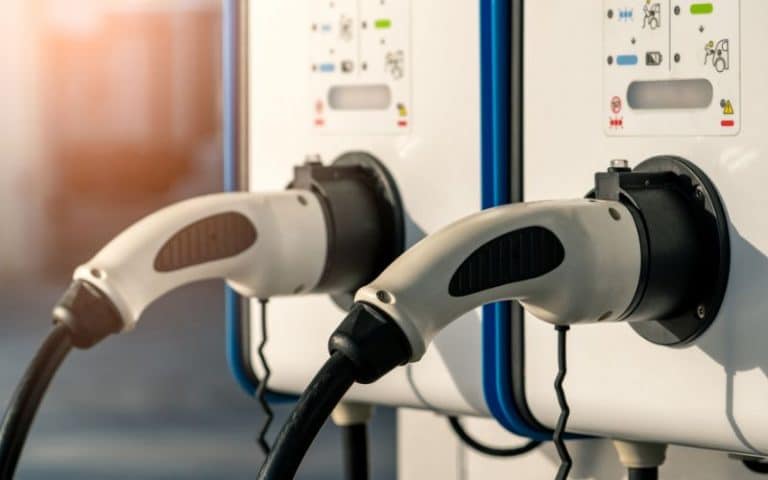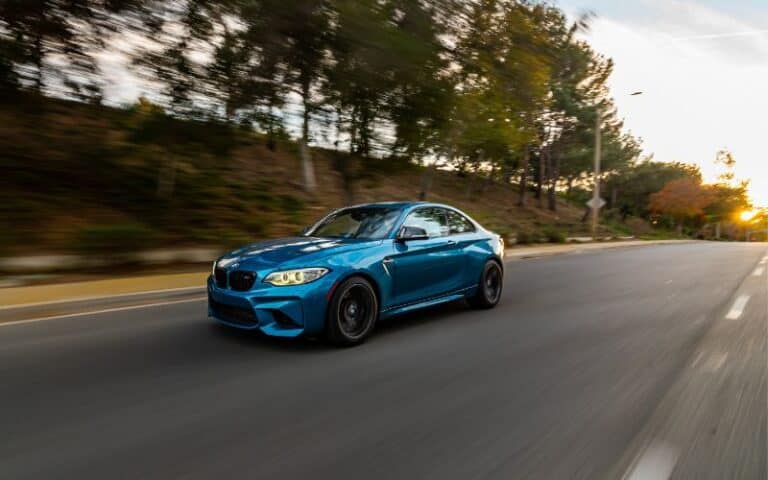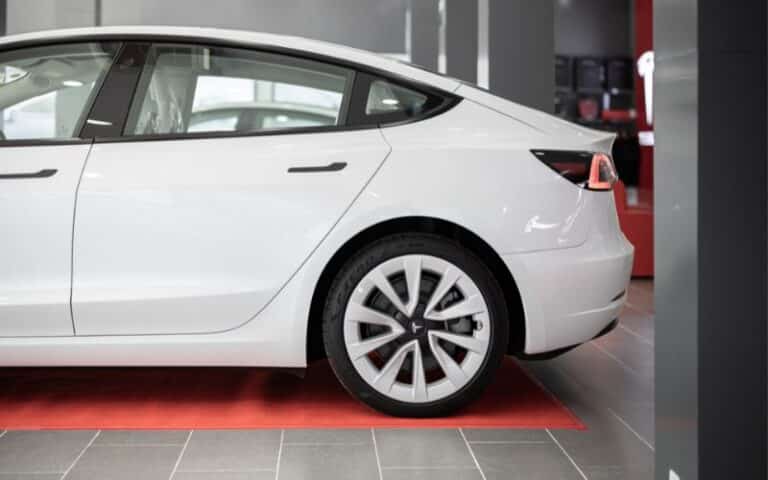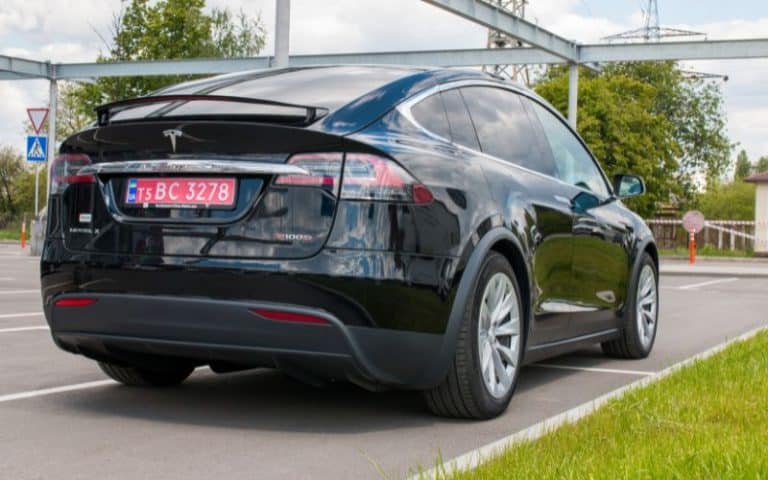How Often Should I Charge My Tesla? (Must Know)
Tesla is the largest manufacturer of electric vehicles in the US and other countries worldwide.
Like other EV manufacturers, Tesla employs multiple charging practices that help lengthen their battery lifespans.
One of these practices EV owners need to know is how often they are to charge their Teslas to keep them in optimal shape.
You should ensure you charge your Tesla always, preferably overnight. There is almost no restriction on how often you can charge your Tesla. The only restriction is on the charging percentage. If you are charging your Tesla, ensure it doesn’t exceed 80 percent charge.
In this article, I will list and explain the factors determining how often you can charge your Tesla, why you should charge it overnight, and the best way to charge it.
How often should you Charge your Tesla?
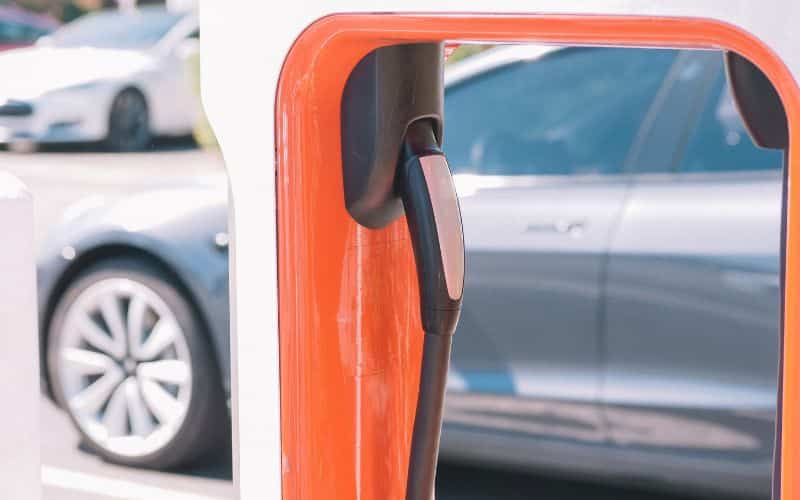
You can charge your Tesla as often as you want, but you should do so based on the amount of use and miles driven.
Charging your Tesla regularly after use is not a bad move per se, but it requires you to ensure the battery isn’t above 80%.
The charging frequency depends on certain situations you can optimize for better charging efficiency.
Some situations like these will warrant you to charge your Tesla more often.
#1. Road Trips
If you are planning a road trip requiring you to travel more than 100 miles, you must charge your Tesla more often.
Unlike ICE vehicles, EV owners need to plan the routes they want to take before going on any long trips.
There are not as many charging stations in the US compared to Gas stations, so EV owners need to charge as soon as they are near a charging station.
#2. Snowy Weather
One of the biggest flaws with lithium batteries used in EVs is the fact that they lose charge quickly when there is a drop in temperature.
If you live in cold regions or if there is a snowstorm, you will quickly notice a drop in the estimated range.
This shortened range due to the cold is perfectly normal, and your Tesla range should be back to normal when the freezing condition ends.
You can mitigate this inconvenience by charging your Tesla more often, preferably every day before driving.
Charging more frequently can save your life if you are stuck on the highway during a heavy snowstorm. You will have enough charge to run the heater till help comes.
#3. Battery Health Level
Frequent charging would be a good option if your Tesla battery health has dropped (less than 80% capacity).
Let’s say your Tesla had a range of 331 miles on a full charge, and the battery degrades to 80% capacity.
That means you would only get 264 miles on a full charge, 67 miles less, more than the average American daily commute.
So, lower battery health is a situation that warrants frequent and frequent charging of your Tesla EV.
#4. Sentry Mode and Utilities
Tesla has a lot of convenient utilities like sentry mode and auto climate control that enhance the overall user experience of their vehicles.
Sentry mode is a security feature that turns your Tesla into a mobile CCTV platform. This mode uses motion sensing to record any vehicle or person that comes too close to the vehicle.
So you don’t have to be scared of possible hit and run or vandalism because the car will automatically record everything around it.
Sadly, this utility consumes extra battery power and can reduce range on a single charge.
So, you must charge your Tesla more often if these features are activated.
Does Tesla Recommend Charging Every Night?
Yes, Tesla recommends that all owners of their EVs charge their vehicles every night when possible.
There are a lot of misconceptions about overnight charging because of the fear of possible overcharging, mostly due to ignorance.
Overnight charging, when done well, greatly improves the lifespan of a Tesla battery pack and improves convenience.
These are some of the benefits of overnight charging and why Tesla recommends it.
#1. Lower Charging Cost
You might think charging at home will increase your expenditure due to a higher electricity bill, but comparing it to charging stations is cheaper.
Some states in the US also charge less for electricity during non-peak hours of the day, which are usually overnight, so you save more.
#2. Lower Battery Degradation
Unlike deep-cycle lead-acid cells, lithium-ion batteries react poorly to total discharging below 20 percent.
Driving your Tesla until the battery percentage falls below 20% before recharging can damage and quickly shorten its lifespan.
If you want to protect your battery life, keep the battery between 50 and 80 percent charge.
Tesla recommends owners always charge overnight to reduce battery degradation caused by total battery pack discharging.
#3. Driving Security
One of the biggest and sometimes irrational fears of new EV owners (and mostly haters) is the fear of getting stranded on a journey miles away from a charging station.
Charging every night will effectively prevent such from happening and will leave you with technically a full charge every morning.
If you average long commuting daily, charging your Tesla every night before a new day begins is best.
Overnight charging will ensure better driving security, preventing you from getting stranded if you take a long detour.
Should You Always Charge your Tesla to 100%?
No, it would help if you didn’t always charge your Tesla to 100 percent capacity.
You shouldn’t do that because charging lithium batteries 100 percent frequently shortens their life.
Lithium-ion batteries last longer when within 80 to 20 percent of their capacity.
Charging the cells above will damage them and reduce their lifespan, but this doesn’t mean you cannot charge it 100% when needed.
Here are some situations that warrant you to charge your Tesla 100 percent.
#1. Long Trips
If you are going on a long trip, you must fully charge your Tesla before heading out.
Although modern EVs now have 400+ miles range, they take a while to charge even with superchargers, and there are not enough charge stations.
To maximize your traveling efficiency, you should top up your Tesla and plan your trip accordingly.
Also, ensure you have more than 20 percent charge left at each recharging point of the trip in case of unforeseen circumstances.
#2. LFP Battery Pack
If your Tesla uses a lithium Ferro Phosphate or LFP battery, you can charge it up to 100 percent regularly.
Lifepo4 or LFP batteries can withstand 100 percent charging without drawbacks compared to traditional lithium-ion combat, manganese, and nickel cells.
Tesla uses this type of battery in their standard range model 3 and the model Y EVs.
However, this has a drawback, like a shorter range that other battery chemistries don’t suffer from.
So you can charge your Tesla 100 percent without fear if it uses a Lifepo4 battery pack.
#3. Bad Weather
EVs are affected by temperature changes in the top and bottom range. Hot weather shortens the battery lifespan, while cold reduces the battery charge quickly.
If you are experiencing a cold snap with a snowstorm, your Tesla might lose as much as 50 percent of its range.
If you must drive in extremely cold weather, ensure you charge your Tesla fully so your vehicle doesn’t die and leave you stranded.
What is the Best Way to Charge your Tesla?
You can charge your Tesla in two ways: slow charging and supercharging.
Slow charging charges your Tesla normally, and it can take up to 10 hours to fully charge the battery.
On the other hand, Supercharging can charge a Tesla in as little as 15-30 minutes.
The best way to charge your Tesla varies based on some factors.
The most important factors determining the best way to charge your Tesla are battery longevity and charging rate.
#1. Battery Longevity
If you aim for battery longevity, try to trickle charge it at home overnight with a slow charger.
240-volt charging might take hours to fill up your battery, but it will improve your battery lifespan.
#2. Charging Rate
Tesla has a supercharging network around the US that owners can stop by to boost charge their vehicles quickly.
That allows for way faster charge rates(minutes instead of hours) but at the cost of slightly higher battery degradation.
A Tesla Supercharger is the best way to charge your Tesla if you value the charging rate over long-term battery life.
Is it Okay to Leave Tesla Plugged in Every Night?
Yes, it is fine for owners to leave their Tesla plugged in every night, granted that the charge is limited to 80%.
Tesla recommends overnight charging all their EVs to help owners cut costs and improve battery health.
Sadly, overnight night charging isn’t all positive, as there are some negative aspects you need to watch out for.
Here are the advantages and disadvantages of leaving your Tesla plugged in every night.
| Pros | Cons |
|---|---|
| Time savings | Possible fire hazard |
| Cheaper charging expenses | Possible overcharging |
| Better battery health | Chance of overheating |
| Better charging control | Higher electricity bill |
The table above shows that although charging your Tesla overnight is highly recommended, it still has disadvantages.
As an EV owner and homeowner, you must weigh all the pros and cons of overnight charging.
Make sure you use the proper charging cable and avoid using extension sockets. Always plug your Tesla directly into a wall socket to prevent possible fire outbreaks.

